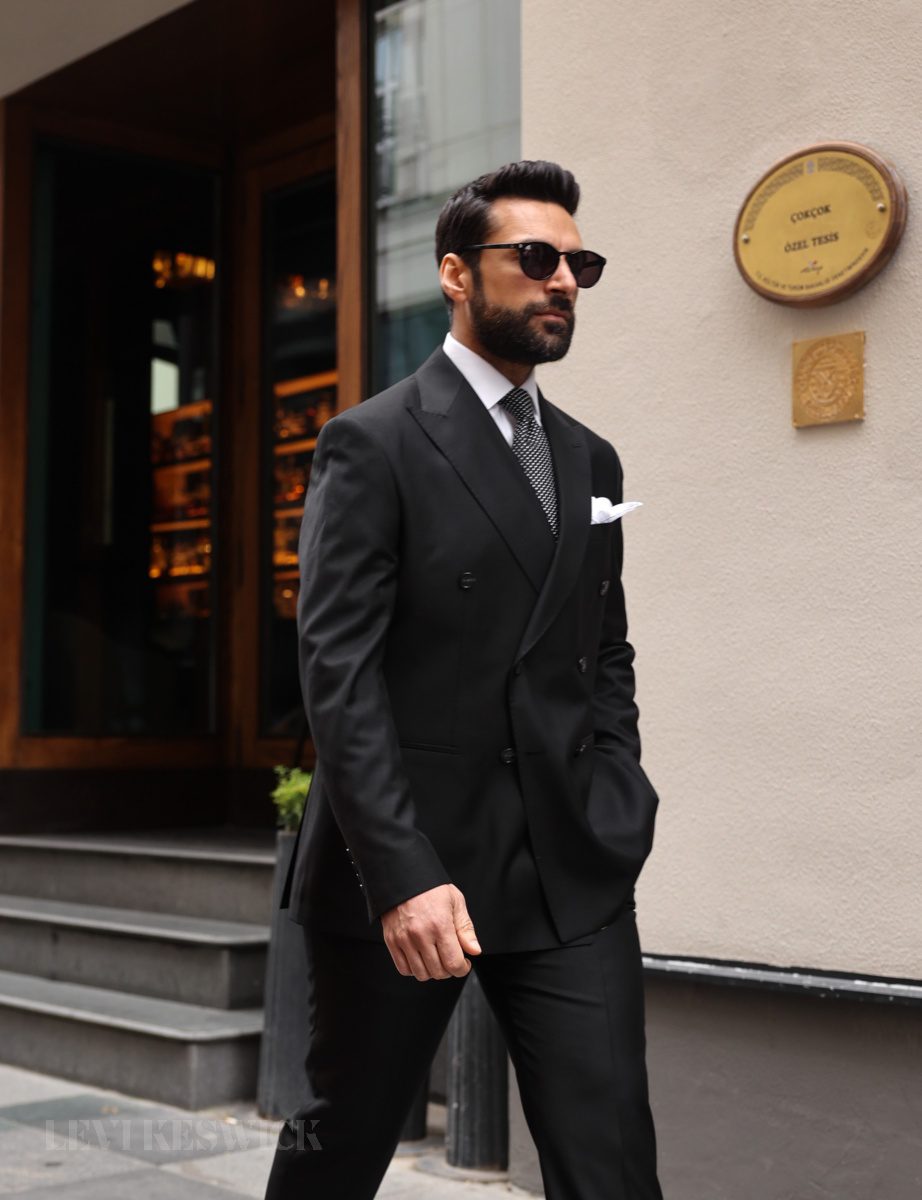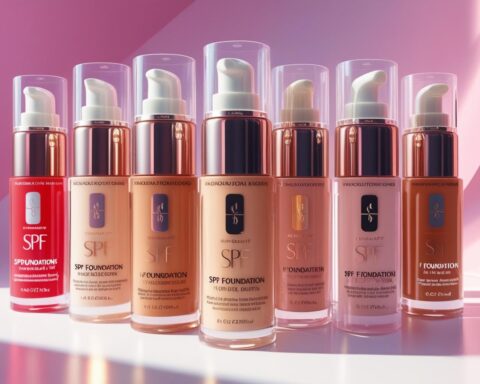Choosing the right color for a men’s suit isn’t just a random decision; it can make or break an entire ensemble.
Color selection plays a pivotal role in a man’s appearance, projecting an image that ranges from authoritative to laid-back, traditional to avant-garde. This blog delves deep into the art and science of color selection for men’s suits.
Understanding the Occasion and Setting
The backdrop against which a suit is worn has a significant say in its color. For example, corporate board meetings usually see a parade of blacks, navies, and grays. Why? Because these colors convey authority, professionalism, and seriousness.
Formal occasions such as black-tie events or weddings often see a dominance of black or midnight blue. These colors exude sophistication and timeless elegance. Visit: https://mrguild.com/colour/blue
Semi-formal events like cocktail parties or business meetings might allow for slightly lighter hues like lighter grays or deep blues.
Casual settings, think weekend parties or informal gatherings, are open to experimentation. Earthy tones, pastels, or even brighter hues can be appropriate.
Remember, when in doubt, consider the event’s nature, venue, and the expected attire of others in attendance.
Classic Suit Colors and Their Meanings

Let’s journey through the evergreen classics:
Navy: A versatile hue, navy suits are apt for both day and night events. They emanate trustworthiness and stability.
Charcoal Gray: A close second to navy in versatility, they’re less formal than black but just as sophisticated. They speak of maturity and professionalism.
Black: The epitome of formality, black suits are reserved for the most official events or evening gatherings. They project power, elegance, and simplicity and Mr Guild has plenty to offer in that department.
Seasonal Suit Color Trends
Fashion, being cyclic, ushers in fresh color palettes with each season. Springs might invite softer, pastel tones, while autumns could usher in earthy browns and olives. Summers might see lighter shades like beige or light gray, and winters might be populated by deep, rich colors. Keep an eye on fashion week runways, but also remember to match seasonal colors to the occasion’s formality.
Skin Tone and Suit Colors
Your skin’s undertones—whether they’re warm or cool—affect how particular suit colors will look on you. Individuals with cooler undertones often excel in suits with blue or purple bases, such as navy. Conversely, those with warmer undertones might find earthy tones like browns or greens more flattering. It’s essential to find a color that doesn’t wash you out but complements and enriches your natural tones.
Coordination with Accessories and Shirts
No suit stands alone. The shirts, ties, pocket squares, and even shoes you wear contribute to the ensemble’s overall look. A navy suit, white shirt, and a classic red tie is timeless. For bolder choices, perhaps match a charcoal suit with a lavender shirt and a patterned tie incorporating both colors. The key is harmony. Accessories and shirts should enhance, not overpower, the suit.
Statement Colors and Personal Style
For the audacious, statement colors like deep purple, maroon, or even brighter hues like electric blue can be appealing. While they’re not everyday choices, they echo a strong personal style. Pair these with muted accessories to ensure the suit remains the centerpiece.
Patterns, Textures, and Color Combinations
Patterns and textures add another dimension to suits. A pinstripe suit, a windowpane check, or a herringbone texture can dictate color choices. For instance, a navy pinstripe might require a lighter-hued shirt to avoid overwhelming the senses. Patterned suits offer an opportunity to play with multiple color combinations.
Fashion Rules and Breaking Them
Classic rules like “no brown in town” or “no black suits during the day” have origins in historical traditions. While it’s essential to understand these guidelines, modern fashion celebrates personal expression. Remember: rules can often be guidelines, and with the right confidence and flair, they can be redefined.
Customization and Tailoring
Lastly, remember that the best suit is one tailored to you—not just in fit but in color. Customization allows for personal inputs, from linings to lapel styles, ensuring every aspect, including color, echoes your personality. A well-tailored suit in the perfect color speaks volumes, ensuring you not only look good but feel incredible.
How To Choose Colors For Men’s SuitsIn closing, choosing the right suit color is an art that balances personal style, occasion, and timeless fashion rules. Navigate this spectrum wisely, and you’ll always make a memorable impression.








